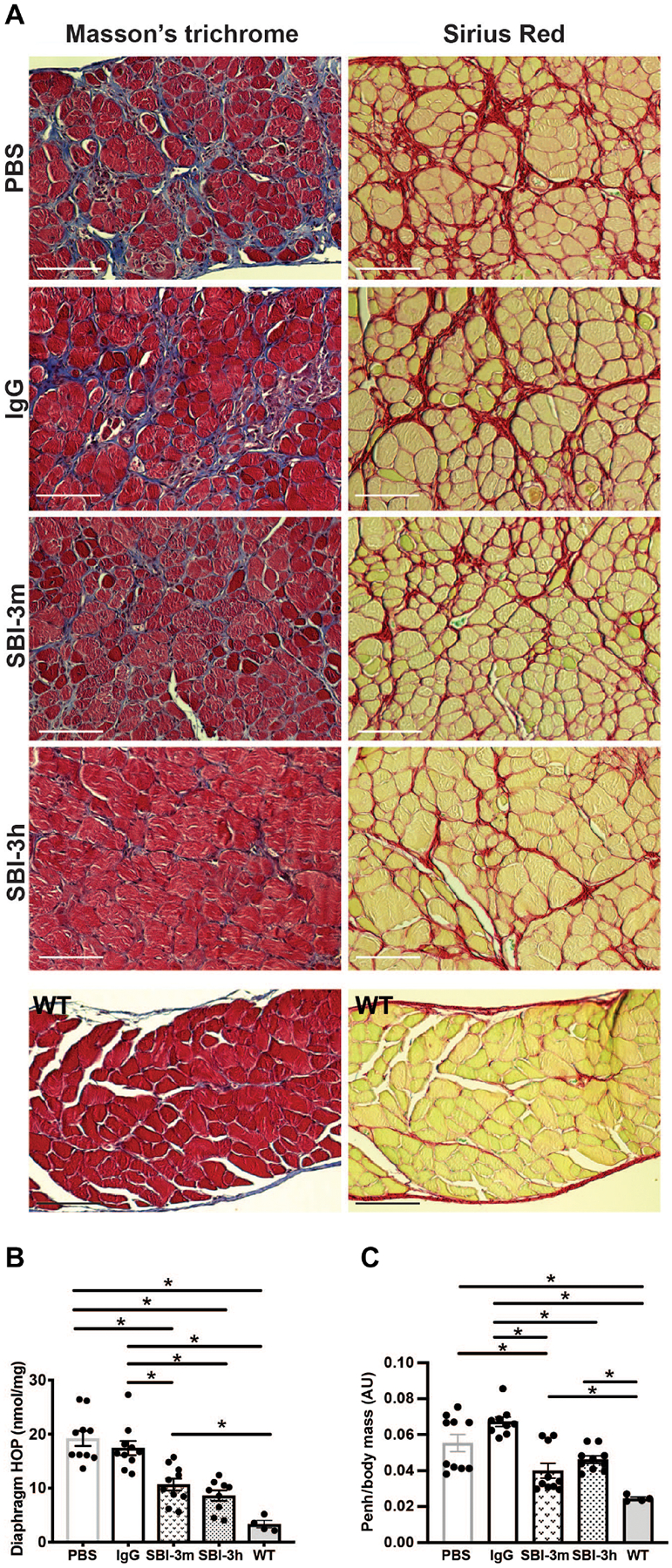Fig. 7. Long-term treatment with anti-LTBP4 antibody dosing reduced muscle fibrosis in dystrophic mice.

(A) Fibrosis as shown by Masson’s trichrome (blue) or collagen content as seen by Sirius Red (red) after mouse anti-LTBP4 (SBI-3m) or human anti-LTBP4 (SBI-3h) antibody treatment compared to PBS control or human IgG controls in mdx/hLTBP4 diaphragm muscle. Normal wild-type diaphragm staining is included for comparison. Scale bars, 100 μm. (B) Hydroxyproline (HOP) concentration after mouse anti-LTBP4 (SBI-3m) or human anti-LTBP4 (SBI-3h) antibody treatment compared to PBS and IgG human controls. Hydroxyproline concentration after SBI-3h antibody treatment was reduced so that it was not statistically different from wild type. (C) Whole-body plethysmography measures respiratory muscle function. Enhanced pause (Penh)/body mass was reduced (improved) with SBI-3m and SBI-3h treatment compared to controls. *P < 0.05 by one-way ANOVA. n ≥ 9 mice per group, except n = 4 WT controls.
